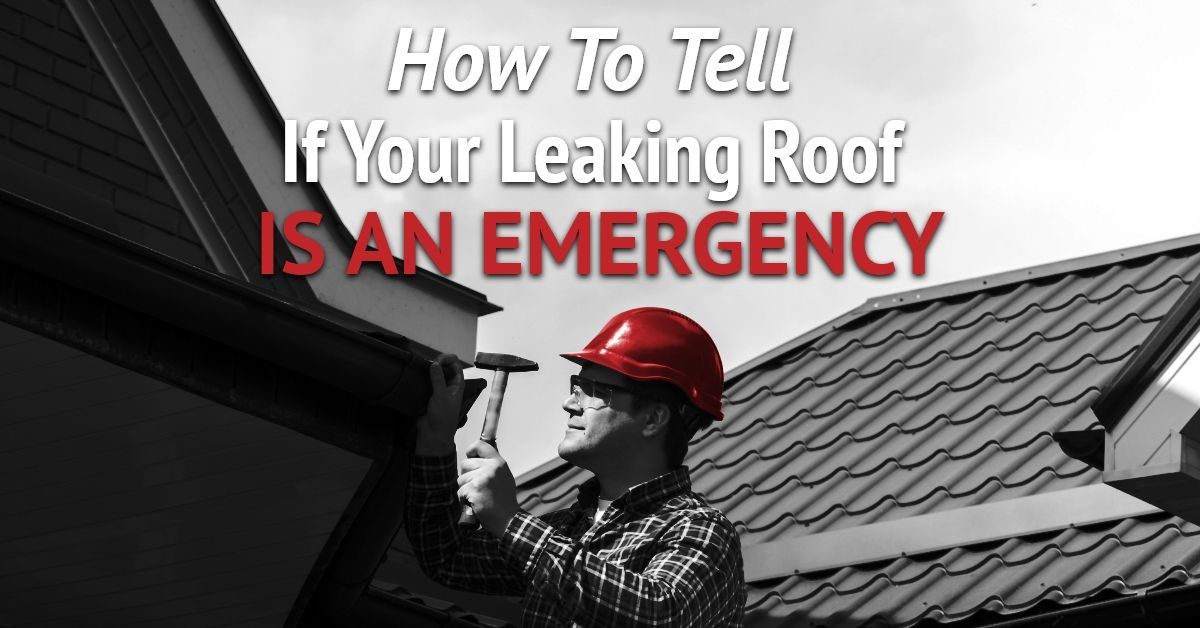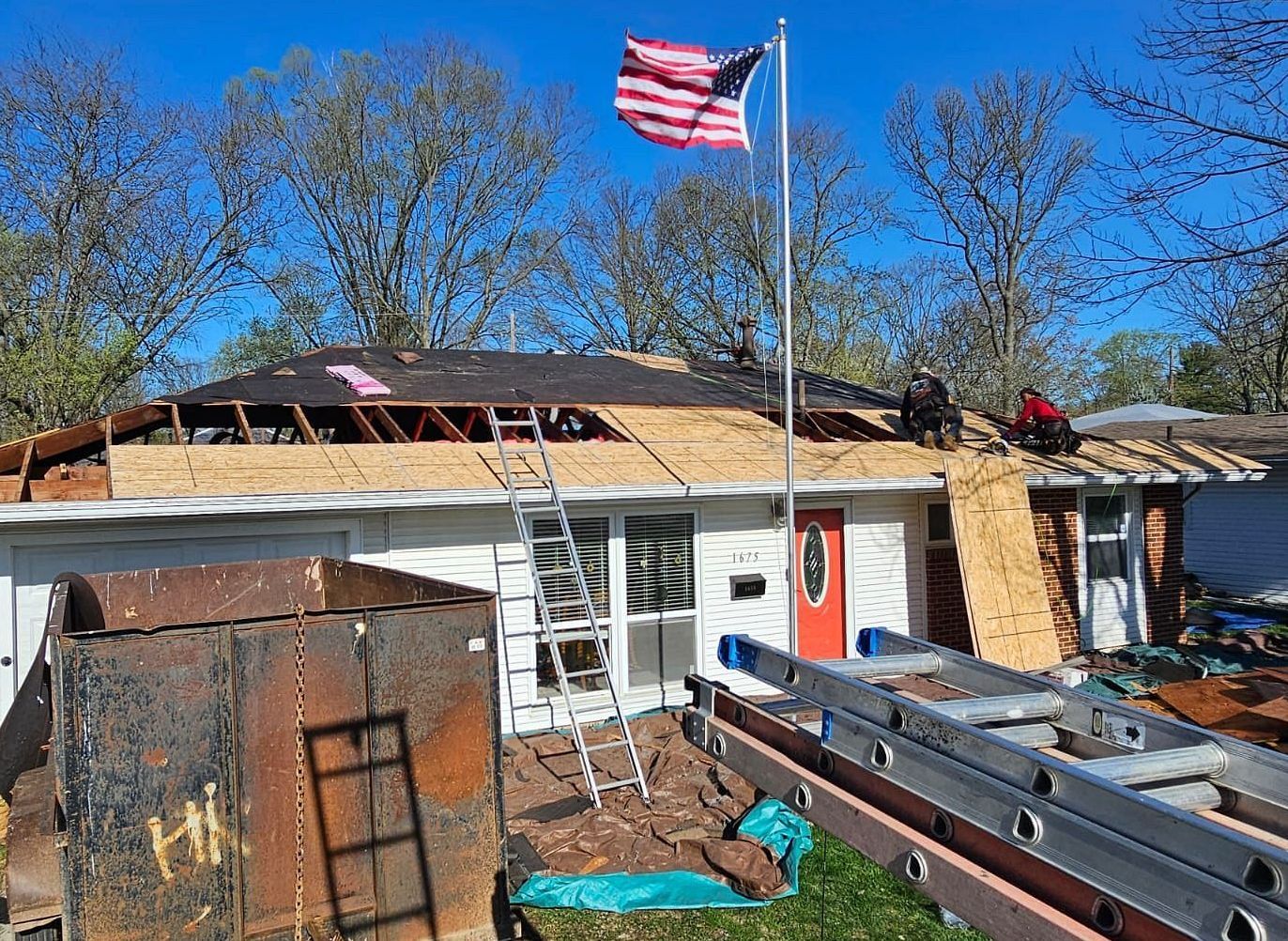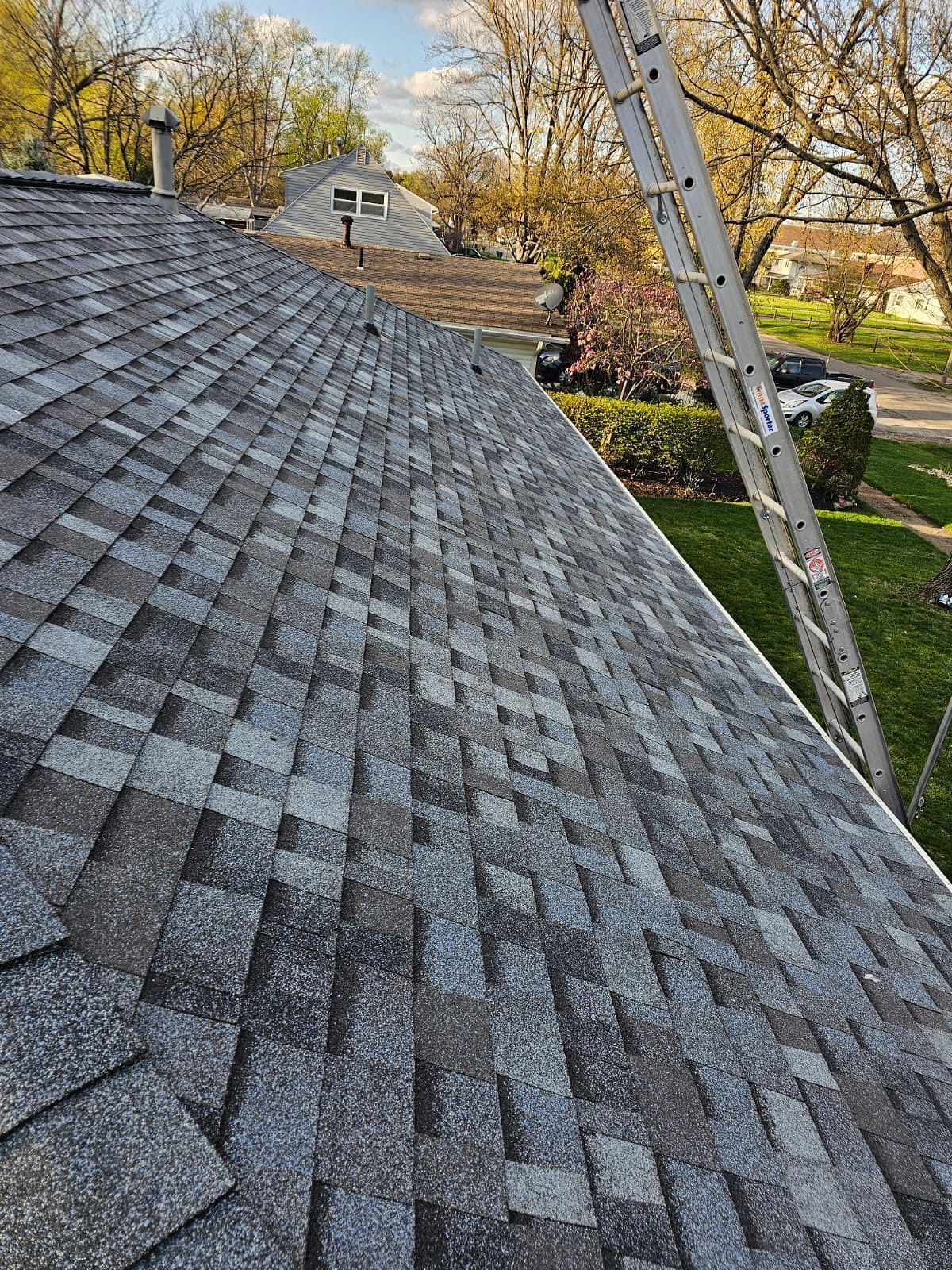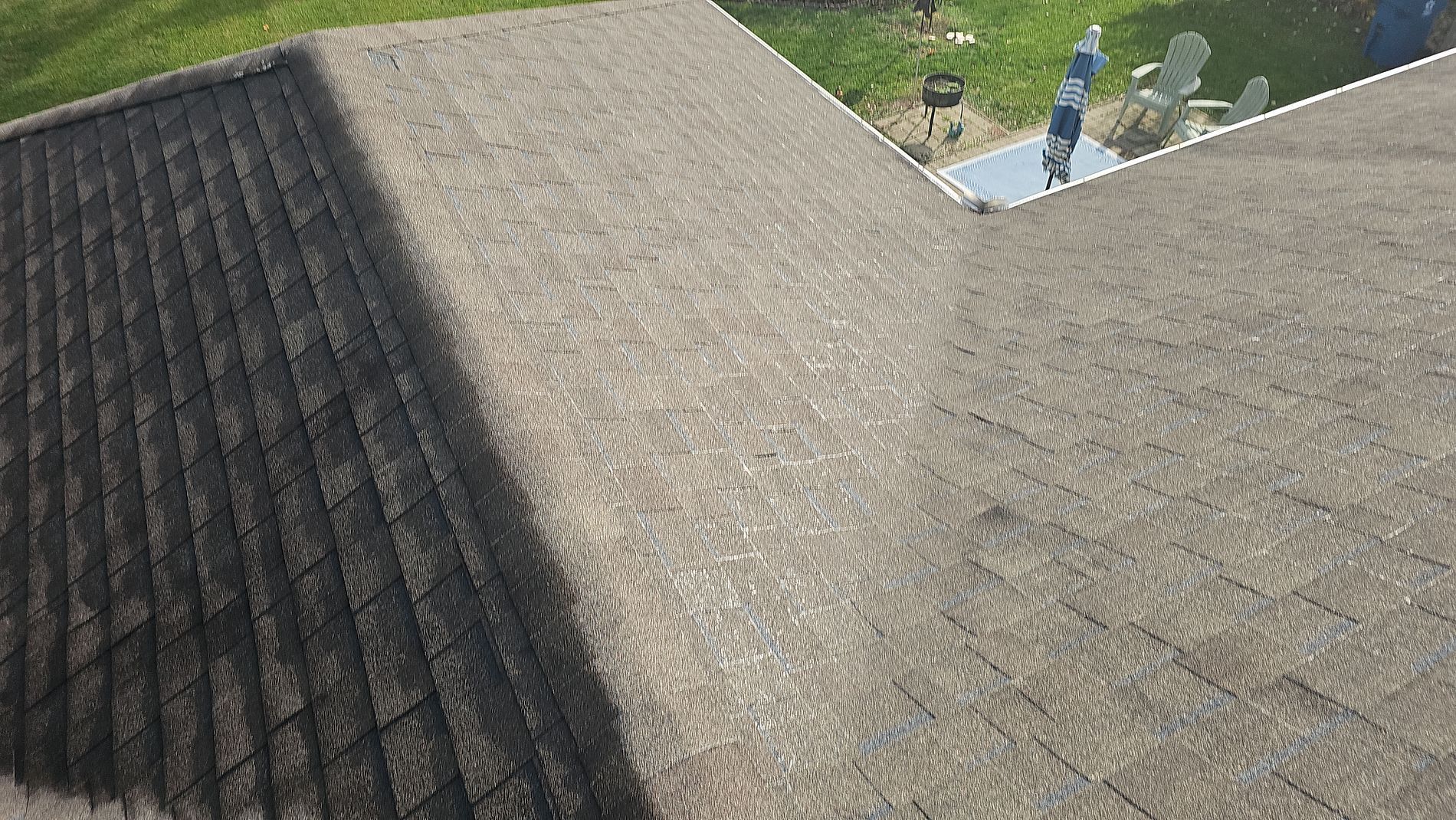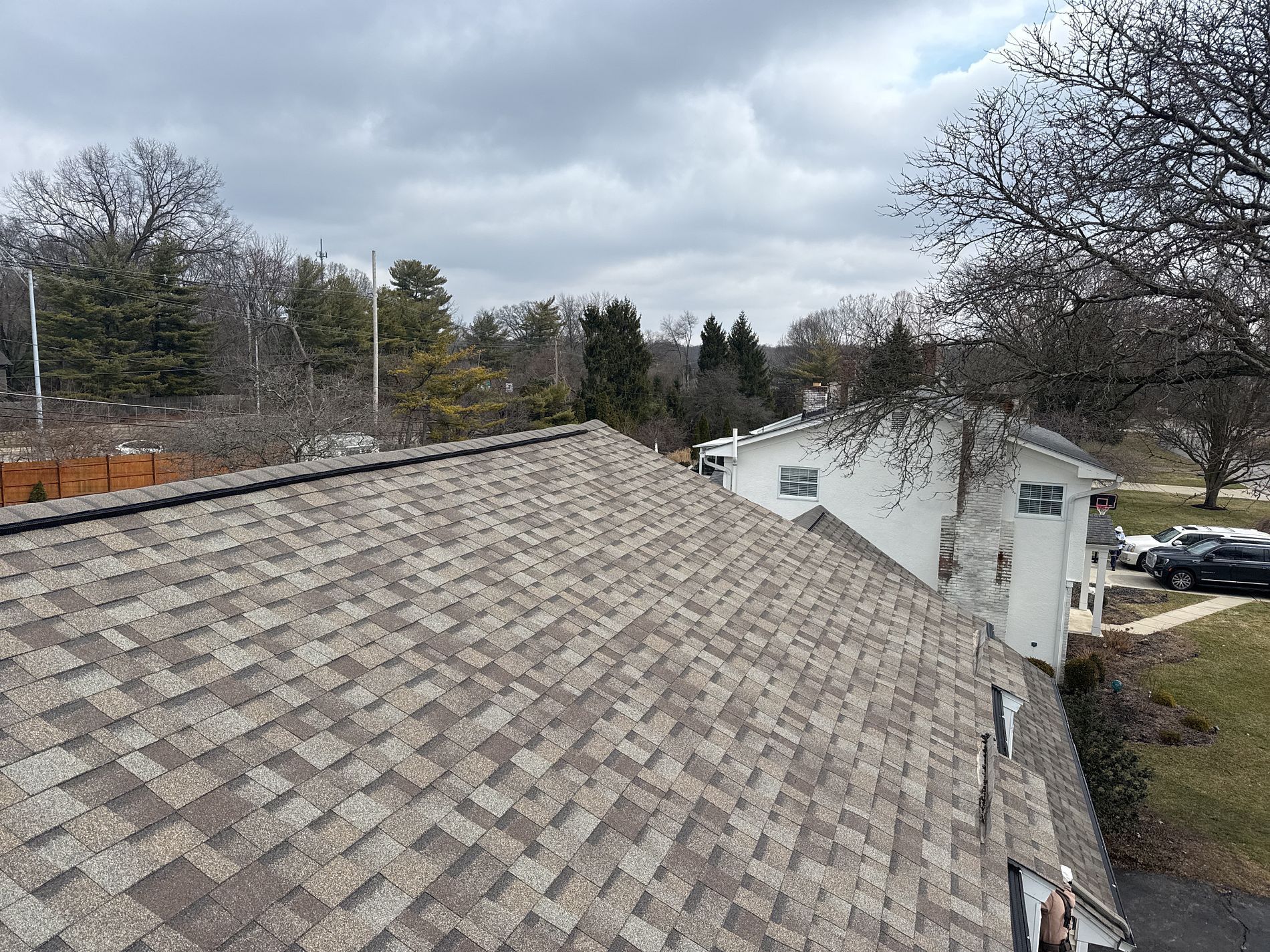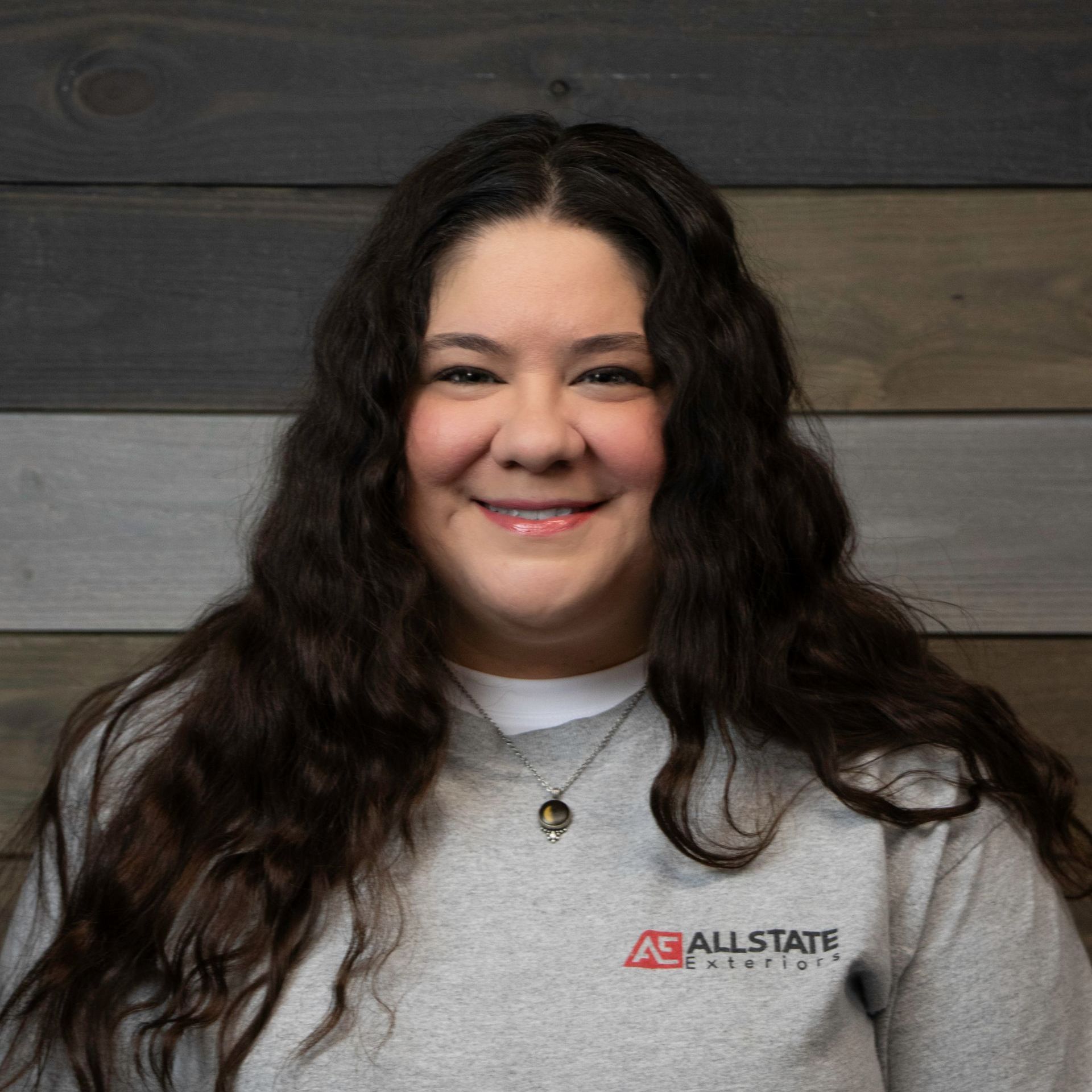April 16, 2025
When it comes to replacing or repairing your roof, you’ll face an important decision: Should you opt for a roof tear-off or a roof overlay? As a trusted Columbus, Ohio roofing contractor, we’ve worked with countless homeowners to help them navigate this critical choice. While both options can be viable, there are significant advantages to choosing a roof tear-off over a roof overlay, especially if you want long-term results and peace of mind. In this blog post, we’ll explain the key differences between these two roofing options, the benefits of a tear-off, and why you should consider working with a professional roofing contractor to ensure a job well done. By the end, you'll have the knowledge you need to make an informed decision about your roofing project. What is a Roof Tear-Off? A roof tear-off is the process of removing the old roofing materials down to the deck before installing a new roof . Essentially, the entire existing roof is stripped away to expose the underlying structure, allowing for a fresh start with a new layer of roofing. Key Steps in a Roof Tear-Off I nspection and Preparation: A roofing contractor will assess your roof’s condition, identifying any areas that may require repair or reinforcement. Removal of Old Materials: The old shingles, underlayment, and any other roofing materials are carefully removed and disposed of. Deck Inspection: Once the roof is stripped, the contractor will inspect the deck (the wooden base of your roof) for any damage. This ensures the integrity of your home. Reinstallation of New Materials: After the deck is inspected and repaired, a new roof is installed, which often includes underlayment, new shingles, flashing, and other essential elements. What is a Roof Overlay? A roof overlay involves installing new roofing materials directly over the existing roof. This method is often seen as a more cost-effective solution because it eliminates the need to tear off the old roof. However, an overlay is only feasible if the existing roof is in relatively good condition and can support an additional layer. Key Steps in a Roof Overlay Inspection: The existing roof is inspected to ensure that it is structurally sound and free of damage. Installation of New Layer: New shingles or roofing materials are installed over the existing layer, often without removing the old materials. Finishing Touches: Flashing, vents, and other components are installed to complete the overlay. Pros of a Roof Overlay Lower Upfront Cost: Since there’s no need to remove and dispose of the old shingles, labor and material costs are lower compared to a full tear-off. Faster Installation: A roof overlay can be completed more quickly because it eliminates the time-consuming process of tearing off the existing roof. Less Mess & Disruption: Since there’s no removal of old materials, there’s less debris and waste generated, making it a cleaner and less disruptive process. Cons of a Roof Overlay Hides Underlying Problems: If the existing roof has leaks , rotting decking, or structural damage, an overlay won’t fix these issues. It simply covers them up, potentially leading to bigger problems down the road. Additional Weight on Your Home: Adding another layer of shingles increases the load on your roof structure. Over time, this extra weight can cause sagging or structural strain, especially if your home’s frame isn’t designed to support multiple layers. Shorter Lifespan: A roof overlay doesn’t last as long as a new roof from a tear-off. Heat can become trapped between the two layers, leading to premature deterioration of both the old and new shingles. Resale & Insurance Considerations: Many home buyers prefer a new roof rather than an overlay, which can affect your home’s value. Additionally, some insurance companies may refuse coverage or charge higher premiums for a roof with multiple layers. More Expensive Future Repairs: If issues arise in the future, a roof with multiple layers can be harder and costlier to repair because contractors will have to remove two layers instead of one. When is a Roof Overlay a Viable Option? A roof overlay may be suitable if: Your current roof is in good condition with no major leaks, rot, or structural damage. Your home’s structure can support the extra weight of another layer of shingles. You need a short-term, budget-friendly solution and plan to replace the roof in a few years. However, if your roof has underlying issues, is near the end of its lifespan, or you plan to stay in your home long-term, a roof tear-off is the better investment. Why a Roof Tear-Off is the Better Choice Long-Term Durability and Safety A roof tear-off ensures that all damaged, worn, or compromised materials are completely removed. If you choose a roof overlay, any issues with the existing roof, such as leaks, mold, or rotting decking, may remain hidden beneath the new layer. Over time, these underlying problems could cause further damage, leading to costly repairs down the road. A tear-off gives you a clean slate and a stronger, more durable foundation for your new roof. When performed by an expert roofing contractor, it ensures that your home is protected for years to come. Improved Home Value If you're planning to sell your home, a roof tear-off can increase the value of your property. Potential buyers will appreciate the peace of mind knowing that the roof has been fully replaced and that there are no hidden issues lurking beneath the surface. On the other hand, a roof overlay might raise questions about the condition of the existing roof and could negatively impact the resale value of your home. Better Inspection of the Roof Deck One of the major advantages of a roof tear-off is the ability to inspect the roof deck for any structural damage. The deck is the foundation of your roof, and if it is compromised, the entire roof could be at risk. A roof tear-off allows contractors to identify any problems with the deck and address them before installing new roofing materials. With a roof overlay, you won’t have this opportunity. Any hidden damage could remain unaddressed, leading to further issues down the line. No Weight Build-Up A roof overlay adds extra weight to your roof because it places new shingles over the old ones. Over time, this additional weight can put unnecessary stress on the underlying structure. This is especially concerning if the existing roof is already compromised or if you are adding multiple layers of shingles over time. A roof tear-off, on the other hand, removes this risk by starting fresh with only the materials you need. Enhanced Roof Performance With a roof tear-off, the installation of the new roof is much more thorough. The contractor can apply the right underlayment, properly install flashing, and ensure that everything is sealed correctly. A tear-off allows for a better overall roofing system that can handle the elements, improving your roof’s performance and lifespan. A roof overlay may not offer the same level of protection and can result in improperly sealed areas or weak spots that could allow water to penetrate, leading to costly repairs in the future. The Cost Factor: Tear-Off vs. Overlay While a roof overlay may seem more affordable at first glance, it’s important to consider the long-term costs. Although the upfront cost of a roof overlay is typically lower, you could end up spending more in repairs or replacements in the future if hidden damage or issues arise. On the other hand, a roof tear-off may cost more initially, but it will provide greater durability and longevity, ultimately saving you money over time. Why Hire a Professional Roofing Contractor? When deciding between a roof tear-off and a roof overlay, it’s crucial to work with a professional roofing contractor to help guide the decision. A contractor can assess your roof’s current condition, explain your options, and ensure the job is done correctly. At Allstate Exteriors, we specialize in roof tear-offs and roof overlays, offering expert advice and high-quality service. Whether you're looking for a roof tear-off or just need a consultation, we’re here to help. We also provide free roofing estimates, so you can make an informed decision that’s best for your home and budget. FAQs About Roof Tear-Offs and Overlays What’s the difference between a roof tear-off and a roof overlay? A roof tear-off involves removing the existing roofing materials to the deck, while a roof overlay installs new materials over the old roof. A tear-off provides a more thorough and long-lasting solution, while an overlay is more cost-effective but may have long-term risks. How long does a roof tear-off take? The duration of a roof tear-off depends on the size and complexity of the roof, but typically, it can take between 1 to 3 days for an experienced roofing contractor to complete the process. Is a roof tear-off covered by insurance? In many cases, roof repairs or replacements due to damage caused by weather events may be covered by your homeowner's insurance. It’s always best to check with your insurance provider to understand your coverage. Choose the Best Roofing Option for Your Home While a roof overlay might seem like a convenient and affordable solution, a roof tear-off offers numerous long-term benefits that make it a smarter investment for your home. From improved durability to better performance, a roof tear-off ensures that your home stays protected for years to come. To get started, contact us today for a free roofing estimate and expert advice tailored to your needs. Let us help you choose the right option for your home’s roof. Request a Free Estimate
